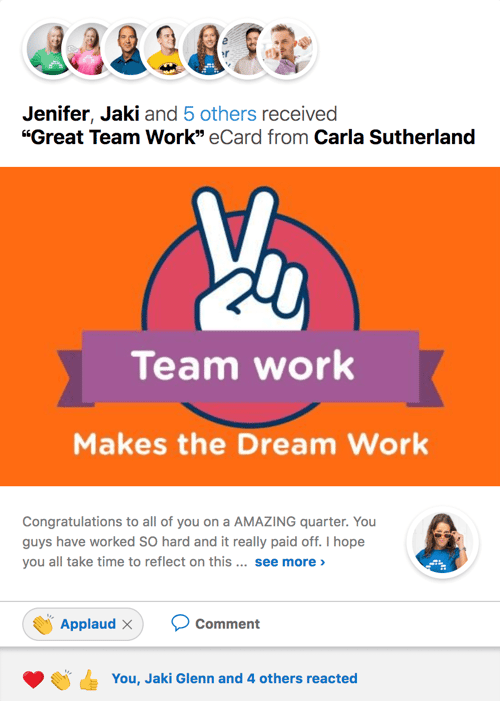When you were in elementary school, you probably had a teacher who used a sticker reward chart. The better you behaved, the more stickers you earned. The more stickers you earned, the closer you would get to earning extra recess time, or perhaps a special game to play.
This simple strategy of offering a reward – or, on the other-hand, punishment for bad behavior – is called extrinsic motivation.
Many businesses have and continue to inspire their employees using this technique. While extrinsic motivators can offer benefits, they are not without their downfalls.
Companies that solely rely on this type of motivation often create toxic work environments that bring on stress and burnout, causing employees to buckle under the pressure and under-perform. Extrinsic motivation is also problematic because it is short-lived and very costly..jpg?width=500&name=George_Dixon_desktop1%20(1).jpg)
As a marketing leader, I have worked with both marketing and sales teams that have used extrinsic motivators in the past and I have seen the dark side...
- The contests that some of the team will always seem unfair, rigged, can’t win... now your “carrot” actually turns into a demotivator.
- The person that “quits” as soon as the goal is hit. I won the prize, why do more? “I’ll save it for next contest,” they think.
- How about when an employee does the wrong thing to be at the top of the leaderboard? Pushes the prospect a little too hard. Tells the client what they want to hear (even if it isn’t exactly true).
These are just a couple examples but you can see how a simple “contest” can quickly deliver negative results for your company.
Ultimately, an extrinsic-only approach to employee motivation is often ineffective. Did you know that more than 70% of employees don’t feel motivated at work? And, as you may know, non-motivated workers are less productive, are in worse moods and produce a poor quality of work. So, how do we better motivate employees?
.jpg?width=500&name=Emily_Mike2%20(1).jpg)
Fortunately, many innovative companies are implementing a longer-term and a more sustainable approach to improving employee motivation. They are supplementing the “stick-and-carrot” extrinsic model with a culture that helps employees achieve personal satisfaction. This type of strategy is called “intrinsic motivation,” and it’s based on motivating employees through their own interests, skills and goals.
An employee’s internal drive and happiness is at the root of intrinsic motivation.
This intriguing approach to motivation is being used by successful tech giants like Google as they lead and motivate their workforce. And the model is working. As one psychologist points out, “When you pursue an activity for the pure enjoyment of it, you are doing so because you are intrinsically motivated.
Your motivations for engaging in the behavior arise entirely from within rather than out of a desire to gain some type of external rewards such as prizes, money, or acclaim.”

So, what is the best way to encourage employees to self-motivate and achieve satisfaction at work? Recognize them. Laud their achievements and praise them for their personal skillsets. Employees want to be shown appreciation for their hard work. This is one reward that cannot be bought.

 Rachel Weeks
Rachel Weeks
